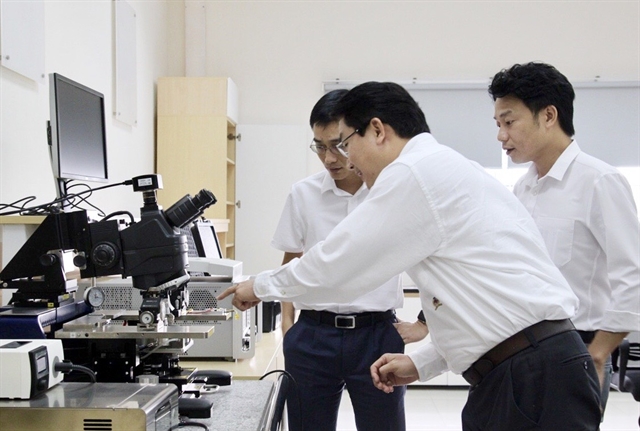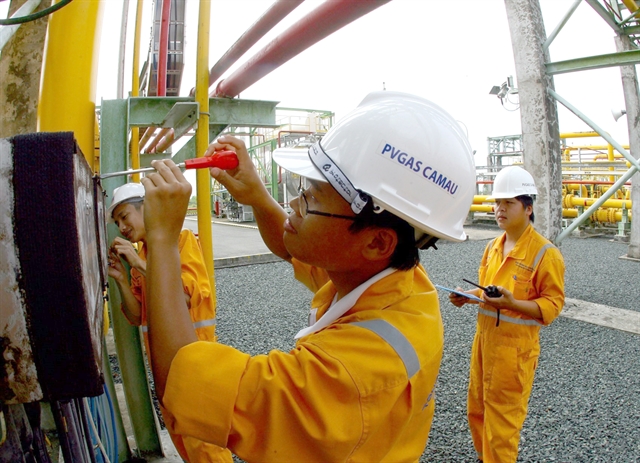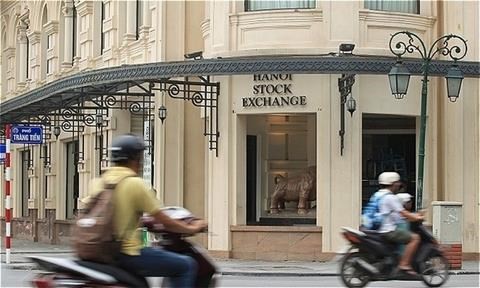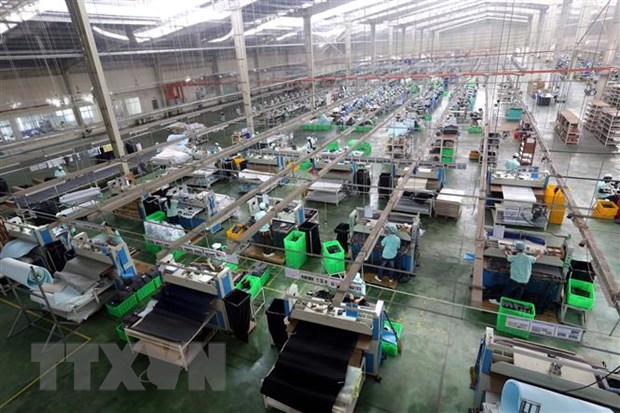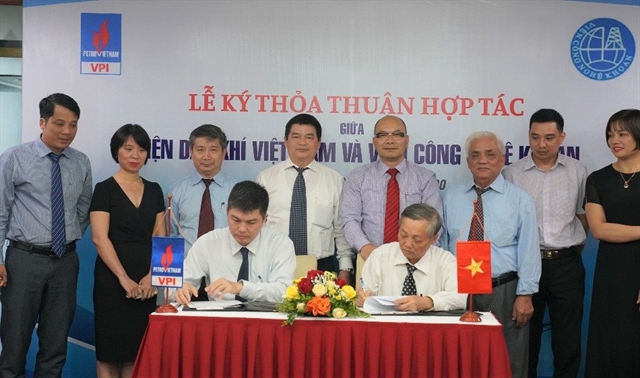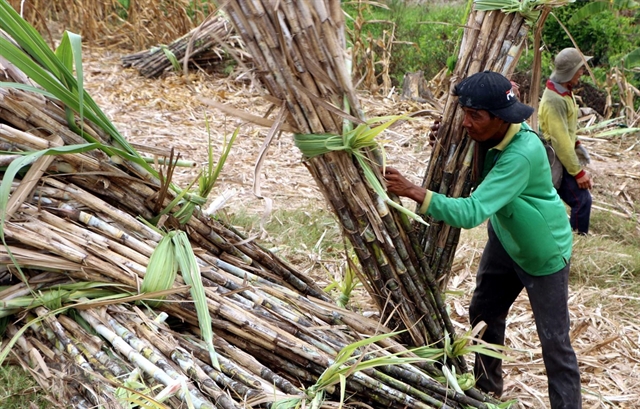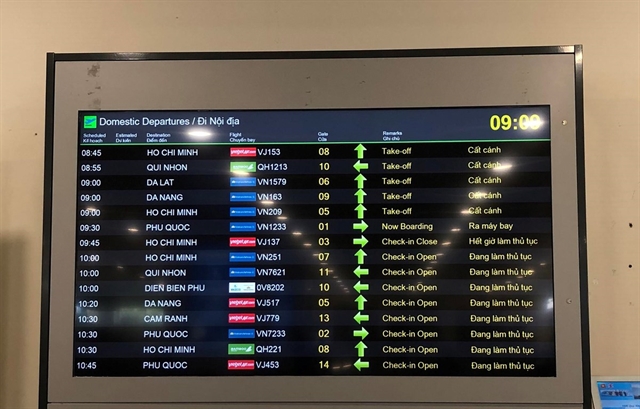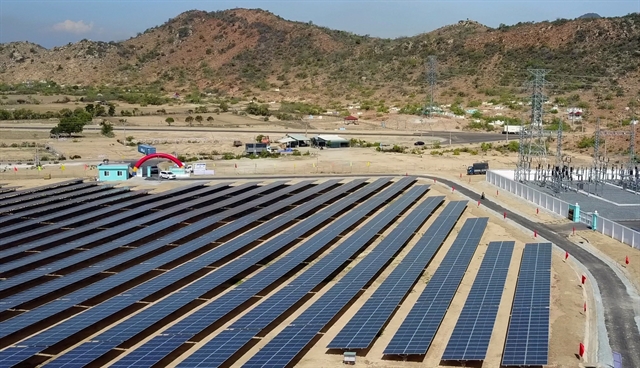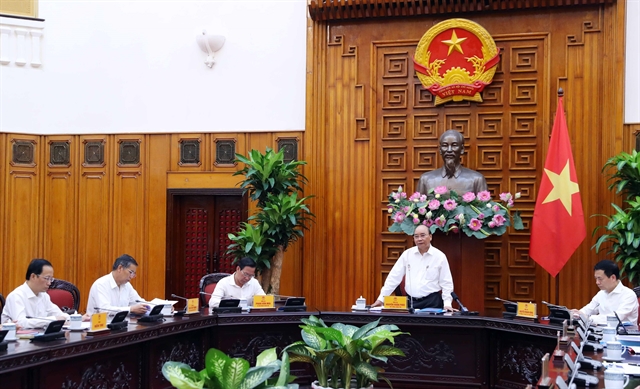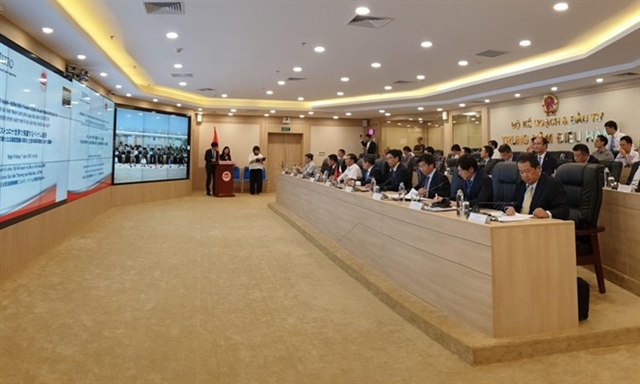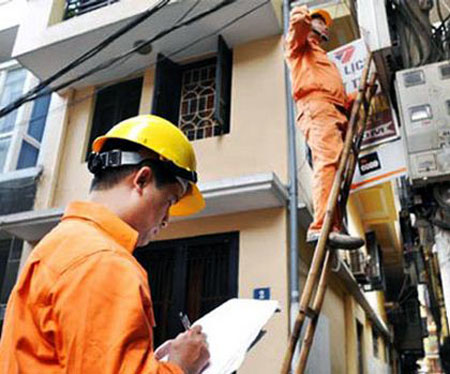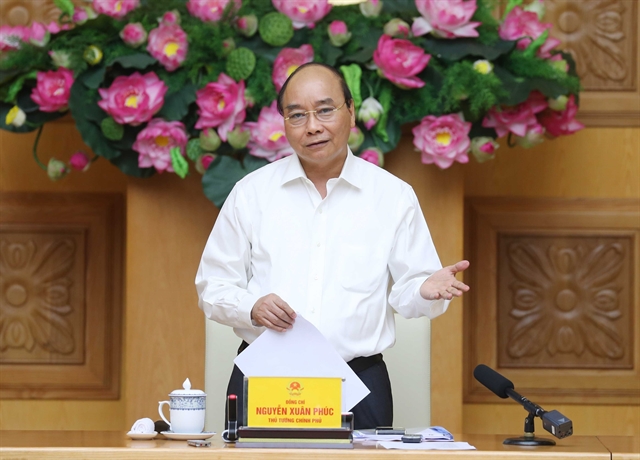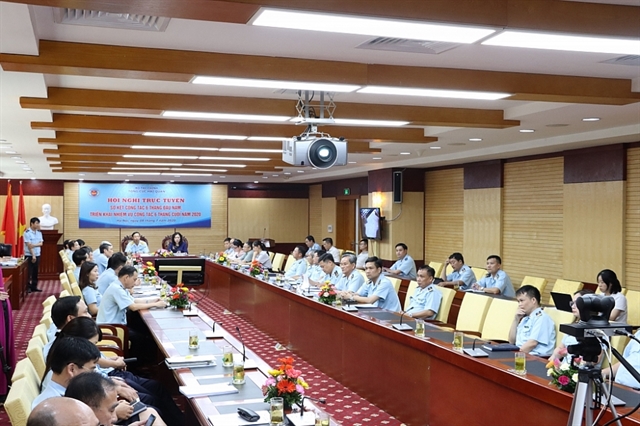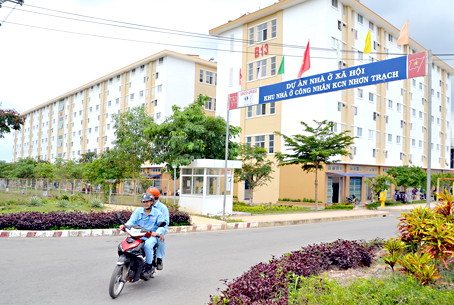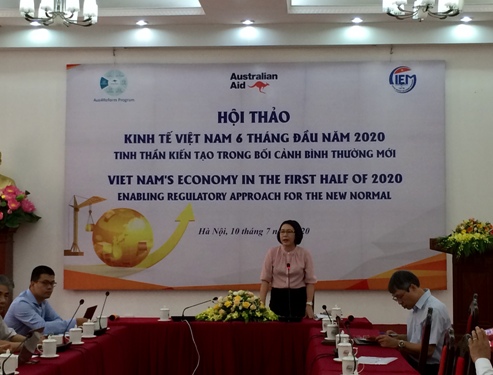
HÀ NỘI — The Central Institute for Economic Management (CIEM) said with good results in preventing the pandemic and the chance for economic recovery, Việt Nam needs to be cautious in the second half of the year.
Hosting the seminar ‘Việt Nam's economy in the first half of 2020: Enabling regulatory approach for the new normal’ on July 10, CIEM released a report in Hà Nội.
The report said Việt Nam's economy was facing serious difficulties as the world economy has been heavily affected by COVID-19, adding the local GDP growth rate decreased to 3.82 per cent in the first quarter and 0.36 per cent in the second quarter compared to 2019. In H1, the growth rate reached 1.81 per cent, the lowest in the past 12 years but still a high level compared to other countries in the region.
Declines in growth were seen in most economic sectors, including the agriculture-forestry-fishery sector, construction and business.
The agriculture-forestry-fishery sector increased by only 1.19 per cent due to the impact of African swine fever, difficulties in export and ineffective coordination in rice export management and saline intrusion.
The construction industry increased by 2.98 per cent due to disruption leading to a reduction in output and increase in input cost. The service sector only increased by 0.57 per cent due to a sharp decline in tourism.
The business sector faced many difficulties due to the direct impact of the pandemic, significantly affecting employment. According to the General Statistics Office, by mid-April 2020, nearly 5 million workers were affected by the pandemic, overall unemployment increased to 2.73 per cent in the second quarter.
The average inflation in the first six months of the year reached 4.19 per cent due to the rise in prices of essential commodities.
In the first six months of the year, the total social investment reached VNĐ850.3 trillion (US$36.8 billion), equivalent to 33 per cent of GDP and up 3.4 per cent over the same period last year. Capital from the state sector grew as high as 7.4 per cent. Registered FDI also reached $15.7 billion.
Nguyễn Anh Dương, head of CIEM's Macroeconomic Policy Department, said: "The data published may not fully reflect the serious consequences of the pandemic to the world and the local economies."
Dương said governments of many countries including Việt Nam have enacted new supportive measures to deal with the pandemic and are not yet able to recognise and assess the impacts fully.
Dương gave scenarios for Việt Nam's economy in 2020. In the first scenario, the economic growth may reach 2.1 per cent, exports for the whole year were forecast to decrease 3.1 per cent while the trade surplus would be $1.7 billion and the average inflation would be 4.3 per cent. He also mentioned the second scenario in which economic growth would be 2.6 per cent with better statistics.
He said one of the most important points was that Việt Nam has built up people's beliefs in recent years, especially amid the COVID-19. However, the CIEM’s official forecast for Việt Nam's economic development in the last six months of 2020 said it might be affected by a number of key factors, such as an uncertain world economy, especially the possibility of a second outbreak of the virus.
Many economies have been implementing large-scale support packages which could pose significant risks to the world financial market and global debt situation. In addition, trade tensions among major economies could be more complicated. At the same time, Dương said with high expectations of the positive impact of the EVFTA, Việt Nam could face trade-defence lawsuits and investigations against tax avoidance and origin fraud in some markets.
“Not to mention the level of adaptation of businesses to the domestic market that may affect production and consumption in the pandemic,” he added.
CIEM emphasised Việt Nam should focus on improving the microeconomic foundation and renovating the economic institutional system towards improving the resilience of the economy in the ‘new normal’.
The institute said the three pillars were economic restructuring, policies and FDI attraction, adding it was necessary to further improve the business environment, remove difficulties for businesses; develop adaptive skills for businesses and workers; more exploitation of the potential of new economic models, especially the sharing and circular economy. — VNS
